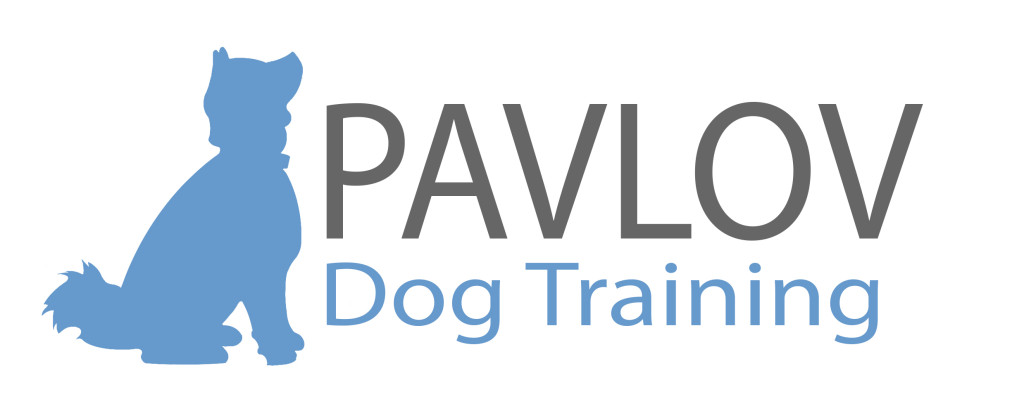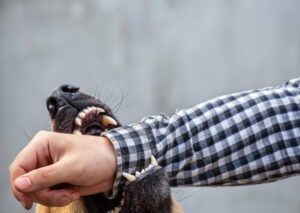If so, you’re not alone. Dog aggression is one of the top reasons dog owners seek me for professional guidance. Other behavior issues, while mildly annoying, are less likely to hurt someone.
Dog aggression, which may manifest as growling, baring teeth, snapping, may (if left untreated) escalate to biting and breaking skin. While all these forms of communication fall within the realm of “normal dog communication,” it is a potential liability for you and your dog. As a responsible dog owner, you don’t want to land in court, nor do you want someone hurt. Aggression puts your dog’s life at risk, because aggressive dogs are often relinquished to an animal shelter, where they are often considered un-adoptable.
As a professional dog trainer I find this terribly disappointing, because dogs can learn new acceptable behaviors just as quickly as they learn unacceptable ones.
Why do Dogs Show Aggression?
Fear Aggression Fear-based aggression arises when your dog perceives a threat, be it real or imagined, and his aggression is a way to get the threat to go away. Here is a translation: “Hey Creepster! I don’t feel comfortable with you in my space. Remove yourself immediately, or you’ll force me to step it up a notch.”
Fearful dogs must be taught a new emotional response, a new way of thinking and feeling about the threat.
Territorial Aggression: Does your dog bark at strangers who come to the front door? You didn’t train him to do this- he did it naturally, didn’t he? Most dogs assume that protecting the territory is part of their official job description, and before the days of security systems, or locked doors, dogs provided this service in exchange for room and board. Barking is an acceptable way to inform you a guest has arrived, but it’s unacceptable if he continues the display once you let the guest in.
Bullying Aggression: If you’ve been to the dog park, you may have noticed a canine bully. Bullies seek out a weaker dog in the environment and derive pleasure from picking on him. These dogs often get along well with other dogs and may have several dog friends.
Leash Aggression / Barrier Aggression: Leash aggression only happens on leash, or when the dog is behind a barrier, like a fence or a car window. Leash aggressive dogs may interact wonderfully without a leash, so the behavior is isolated specifically to the leash. Visualize this dog barking, lunging, or causing a melodramatic display while on leash. Lassie on leash, Cujo off leash.
Resource Guarding: Aggression towards dogs or people to protect a limited resource like a bone, rawhide, food bowl, or toy.
Maternal Aggression: Think hormonal lactating females. Mother dogs who have recently whelped are more likely to show aggression to new people or, more often, to dogs who come near her puppies. Fortunately, a mother dog will be more accepting of new dogs once her hormones settle and her pups grow stronger.
WHAT TO DO ABOUT IT
- Manage the environment so that your dog does not have the opportunity to practice the aggressive behavior. If your dog has barrier aggression, don’t allow him to practice barking from your front window at pedestrians. If he barks at your neighbors’ dog through the hole in the fence, mend it. The less he practices this bad behavior, the quicker he’ll learn new acceptable behaviors.
- Visit a veterinarian to rule out a medical cause for the behavior. Do this specifically if the aggression came on suddenly, and if other aspects of his temperament have changed. Check for an unsuspected UTI and have other blood work performed.
- Contact a professional dog trainer to compose a behavior training plan.
You can scour the internet for helpful information, but a professional dog trainer deals with this every day, and you are much more likely to see immediate results with a professional dog trainer.
Thank you for taking the first step towards solving your dog’s aggression. Get in touch with us to see how a PAVLOV Dog Trainer can help!

